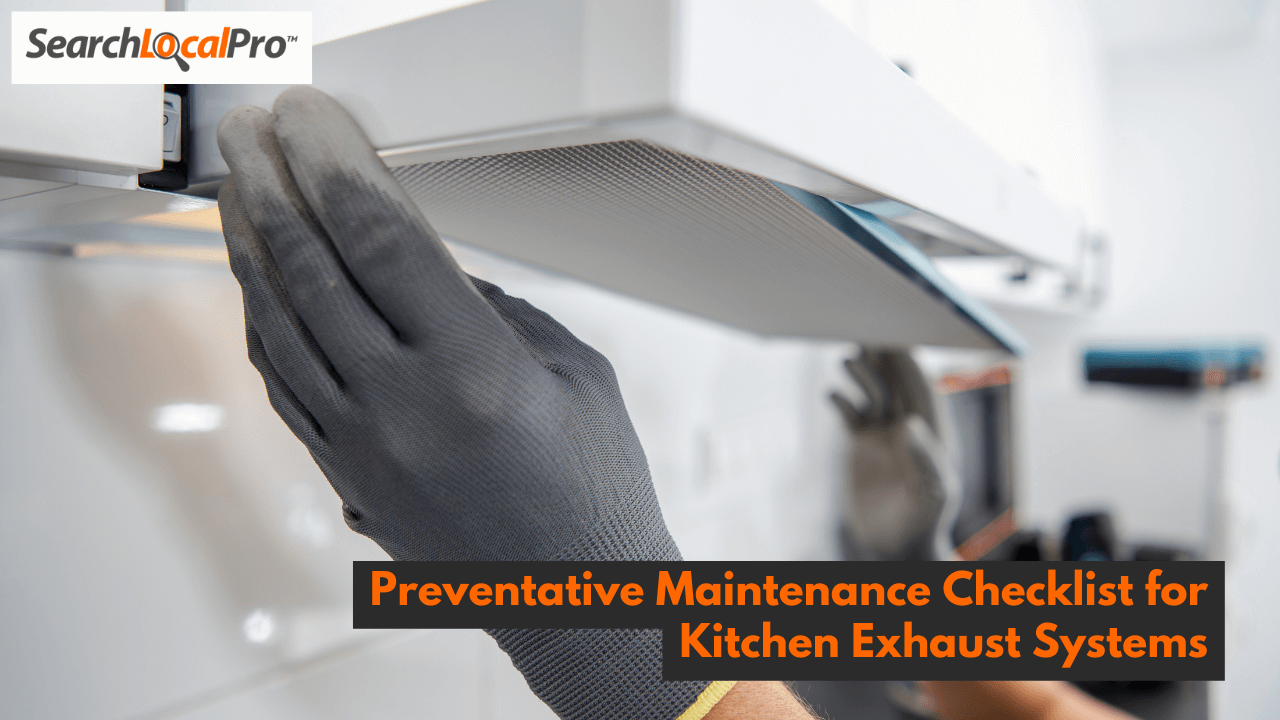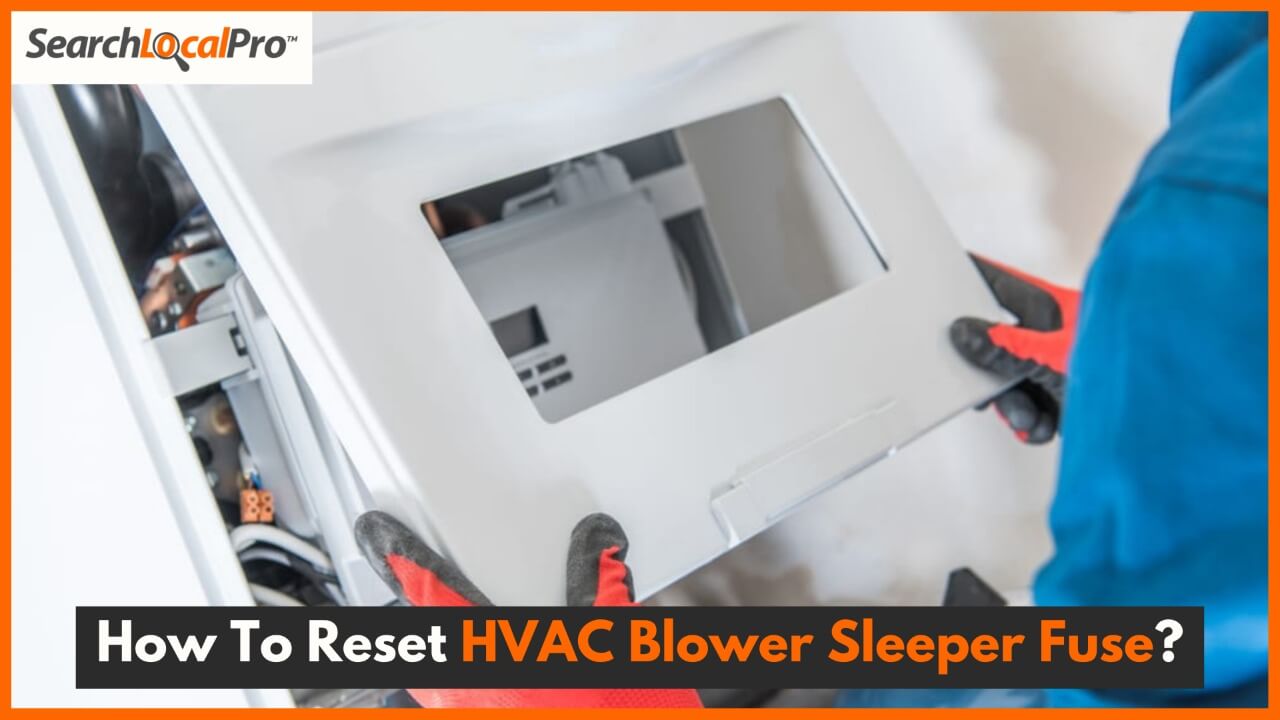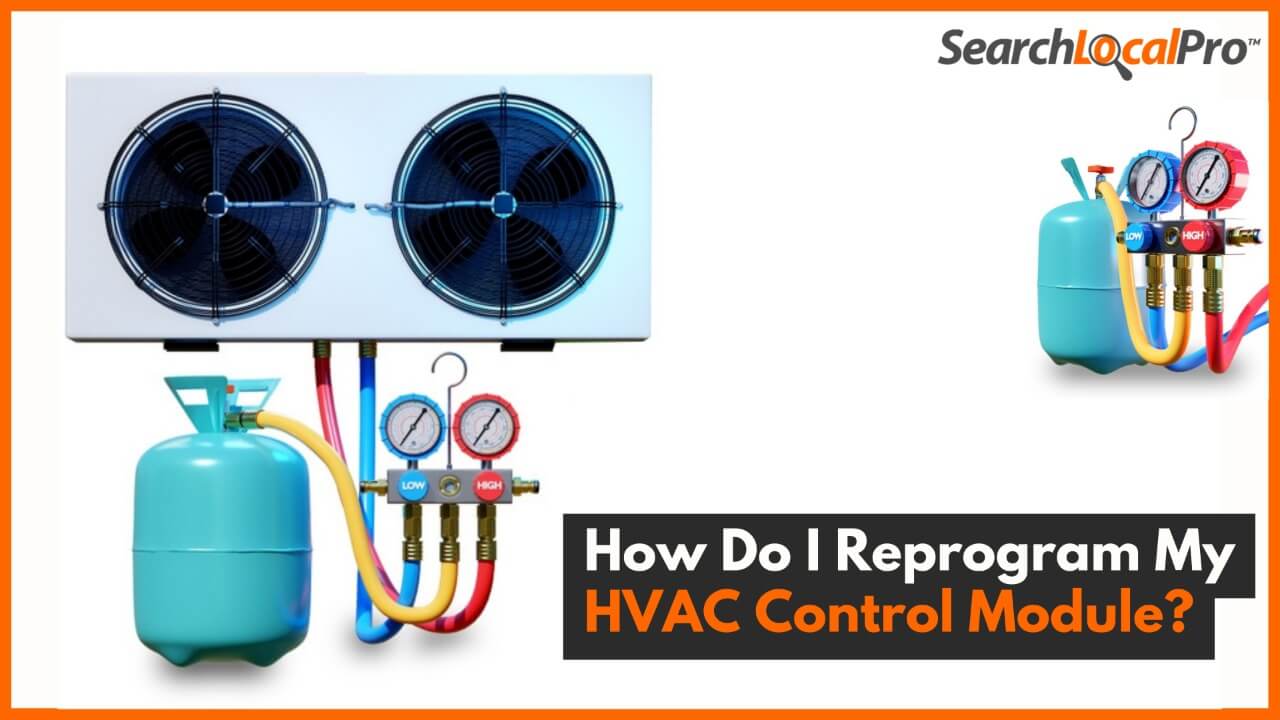A well-maintained kitchen is the cornerstone of any successful foodservice establishment. While meticulous attention is often given to food preparation and customer service, the unsung hero of kitchen operations is the exhaust system. This vital component efficiently removes smoke, grease, heat, and odors, ensuring a safe and pleasant environment for both staff and patrons. However, neglecting regular maintenance of this complex system can lead to a host of problems, including fire hazards, reduced ventilation, and increased energy consumption.
To prevent these issues and optimize kitchen performance, implementing a comprehensive Maintenance Checklist for Kitchen Exhaust Systems is essential. This article will share the critical components of such a checklist, providing detailed guidance on inspection, cleaning, and maintenance procedures. By adhering to this checklist, you can significantly enhance kitchen safety, efficiency, and longevity.
Understanding the Critical Role of Kitchen Exhaust Systems
Before diving into the maintenance checklist, it’s crucial to appreciate the multifaceted role of kitchen exhaust systems. These systems are engineered to:
- Remove contaminants: Efficiently extract smoke, grease, heat, and odors generated during cooking.
- Prevent fire hazards: Minimize the risk of fires by controlling grease buildup and maintaining optimal airflow.
- Improve air quality: Create a healthier and more comfortable working environment for kitchen staff.
- Enhance energy efficiency: Optimize system performance to reduce energy consumption.
Why a Maintenance Checklist is Essential?
Ignoring the upkeep of your kitchen exhaust system can have severe consequences:
- Fire hazards: Accumulated grease can ignite, leading to devastating fires.
- Reduced ventilation: Inefficient systems can cause heat buildup, discomfort, and poor air quality.
- Equipment damage: Grease buildup can damage motors, fans, and other components.
- Increased energy consumption: A clogged system forces the equipment to work harder, raising energy bills.
- Health risks: Poor ventilation can contribute to respiratory problems for staff.
- Compliance issues: Many jurisdictions have strict regulations regarding kitchen exhaust systems.
Maintenance Steps for Kitchen Exhaust Systems
1. Regular Inspections
Conduct thorough inspections of the entire exhaust system to identify signs of wear, damage, leaks, or loose connections. Focus on the exhaust hood, filters, ductwork, and fans as these areas are prone to grease buildup and fire hazards.
2. Diligent Filter Cleaning
Clean grease filters regularly to prevent blockages that hinder airflow and increase fire risks. Adhere to the manufacturer’s cleaning instructions and consider using reusable filters to reduce costs and environmental impact.
3. Comprehensive Hood Cleaning
Thoroughly clean the exhaust hood, including both interior and exterior surfaces, using a degreaser and non-abrasive brush. Empty and clean grease traps as part of the maintenance routine.
4. Professional Ductwork Cleaning
Schedule regular professional cleanings to remove grease and debris from the ductwork, reducing fire hazards and maintaining optimal ventilation.
5. Fan Maintenance and Care
Inspect fan blades and motor for grease, dirt, or damage. Clean components and lubricate bearings according to manufacturer recommendations to ensure optimal performance and longevity.
6. Fire Suppression System Checks
Regularly inspect the fire suppression system, including nozzles, piping, and control panels, to verify its functionality and absence of obstructions.
7. Airflow Balance Testing
Periodically test airflow balance to maintain consistent airflow, prevent hot spots, reduce energy consumption, and optimize ventilation efficiency.
8. System Sealing and Insulation
Inspect for leaks, gaps, or damage in joints, seams, and insulation. Proper sealing and insulation prevent heat loss, reduce condensation, and minimize air leakage.
9. Staff Education and Training
Train staff on the importance of maintenance, proper usage, and reporting issues. Foster a culture of responsibility for system upkeep to enhance its longevity and performance.
Frequency for Kitchen Exhaust Systems Maintenance
A well-structured Maintenance Checklist for Kitchen Exhaust Systems should encompass a variety of tasks, performed at different intervals. Here’s a detailed breakdown:
Daily Inspections
- Visual inspection: Check for any visible signs of grease buildup, damage, or malfunctions.
- Filter condition: Examine grease filters for excessive grease and clean as needed.
- Hood cleanliness: Wipe down the hood exterior to remove splatters and spills.
- Fan operation: Verify that the fan is functioning correctly and at the appropriate speed.
- Light function: Ensure all lights are working properly.
Weekly Inspections
- Ductwork access panels: Inspect for any signs of grease buildup or damage.
- Fire suppression system: Check the condition of the system and ensure it’s fully operational.
- Exhaust fan motor: Listen for unusual noises or vibrations that may indicate issues.
Monthly Inspections
- Grease trap cleaning: Empty and clean the grease trap according to local regulations.
- Ductwork cleaning: Conduct a thorough cleaning of the ductwork to remove grease buildup.
- Kitchen hood cleaning: Deep clean the hood interior, including the canopy, baffles, and filters.
Annual Inspections
- Professional cleaning: Schedule a comprehensive cleaning of the entire exhaust system by a qualified technician.
- System balance: Check for proper airflow and balance within the system.
- Equipment calibration: Ensure all components are operating at optimal levels.
- Fire suppression system inspection: Conduct a detailed inspection and maintenance of the fire suppression system.
- Documentation: Update maintenance records and create a history of system performance.
Additional Tips for Effective Kitchen Exhaust System Maintenance
- Staff training: Educate kitchen staff on the importance of maintenance and proper cleaning procedures.
- Regular monitoring: Keep a close eye on the system’s performance and address issues promptly.
- Preventative maintenance: Implement a proactive approach to avoid costly repairs.
- Compliance with regulations: Stay informed about local health and fire codes.
- Emergency plan: Develop a plan for handling emergencies related to the exhaust system.
Conclusion
A well-executed Maintenance Checklist for Kitchen Exhaust Systems is indispensable for maintaining a safe, efficient, and compliant kitchen environment. By investing time and resources into regular inspections and cleaning, you can significantly reduce the risk of fires, improve air quality, and extend the life of your equipment. Remember, prevention is always better than cure. By following these guidelines, you can ensure that your kitchen exhaust system operates at peak performance, contributing to the overall success of your business.




